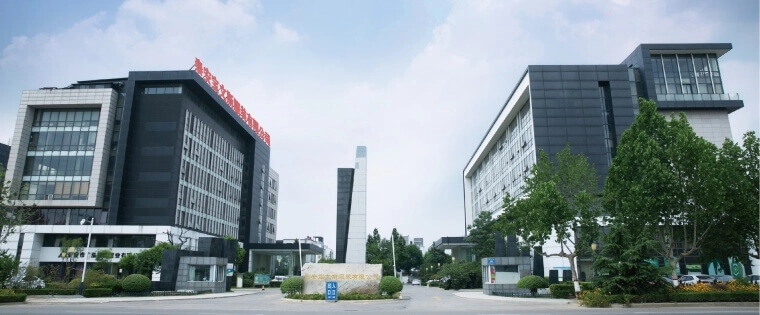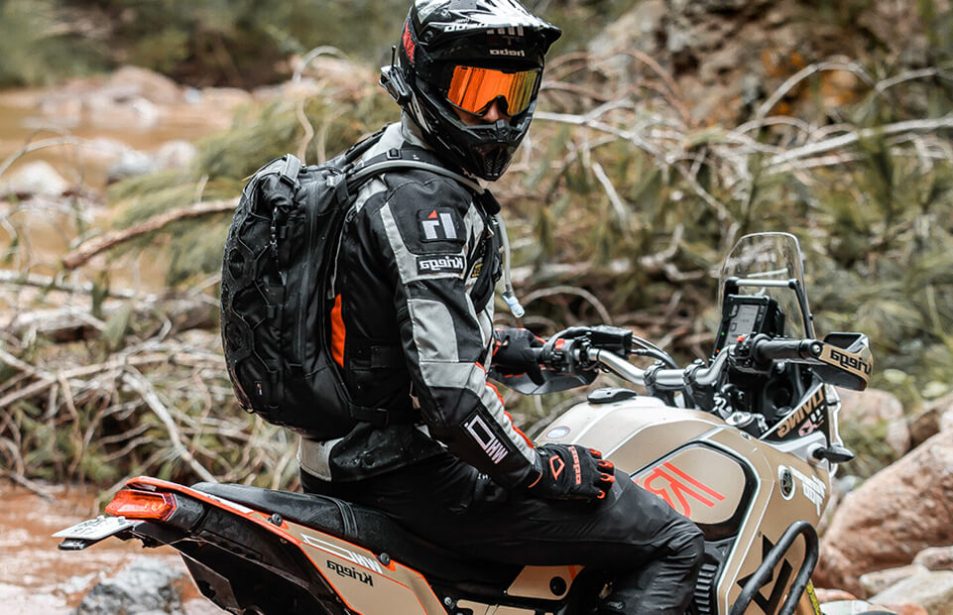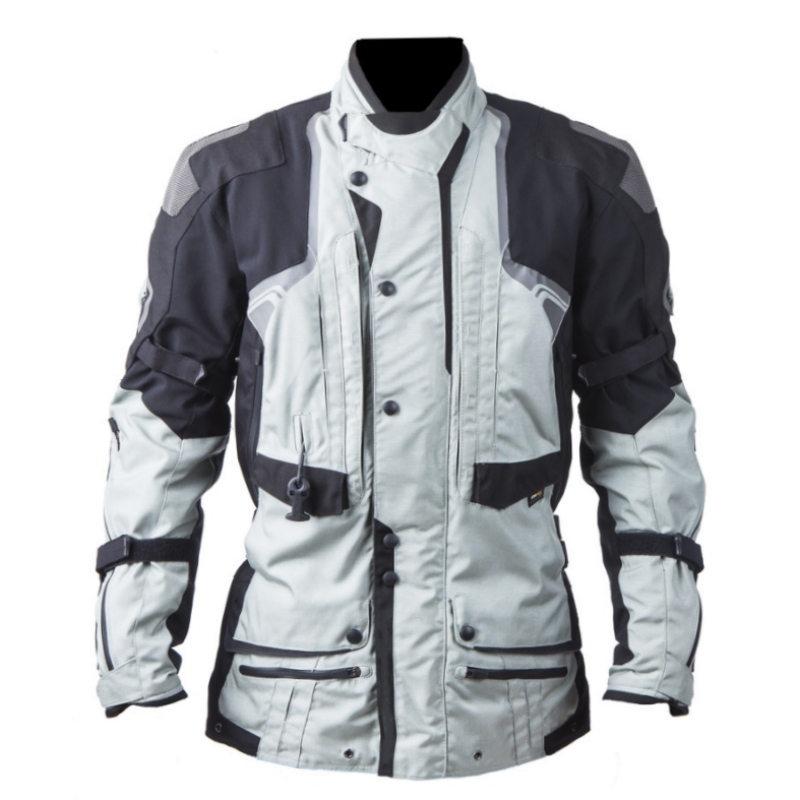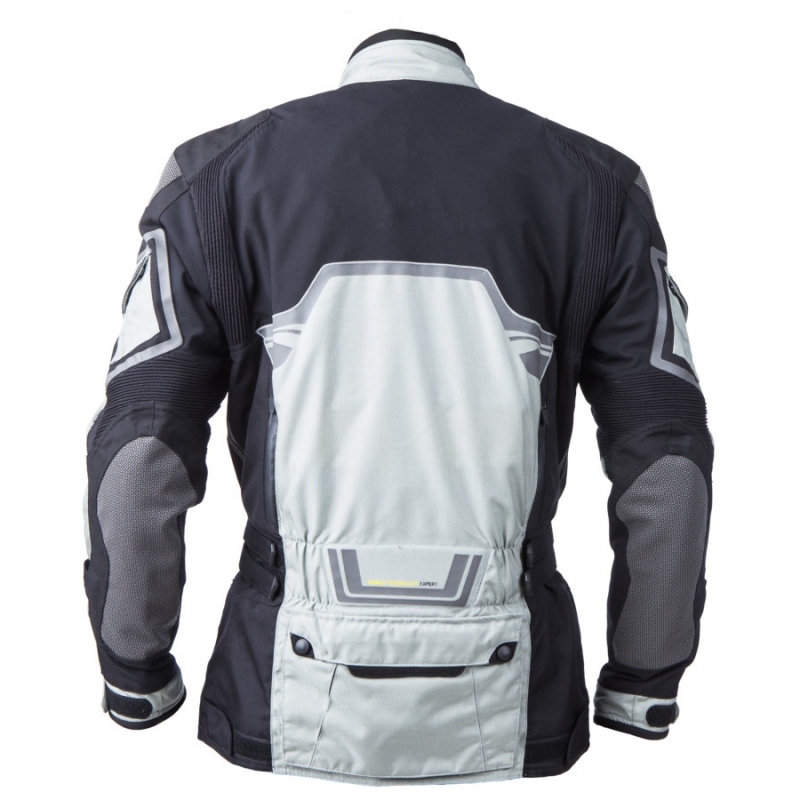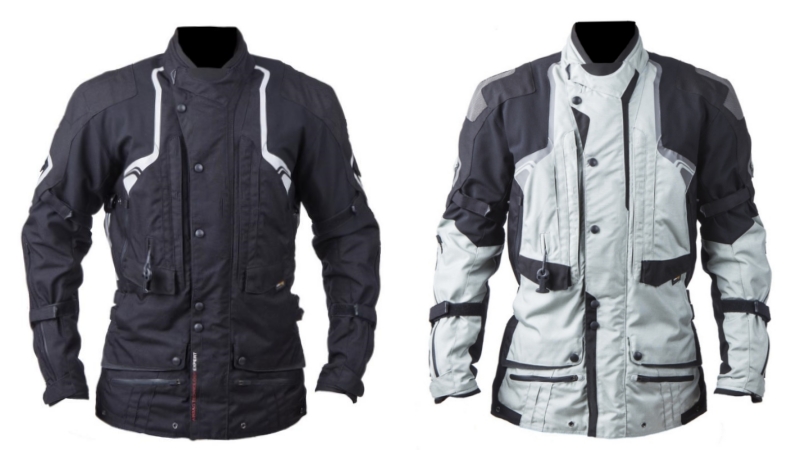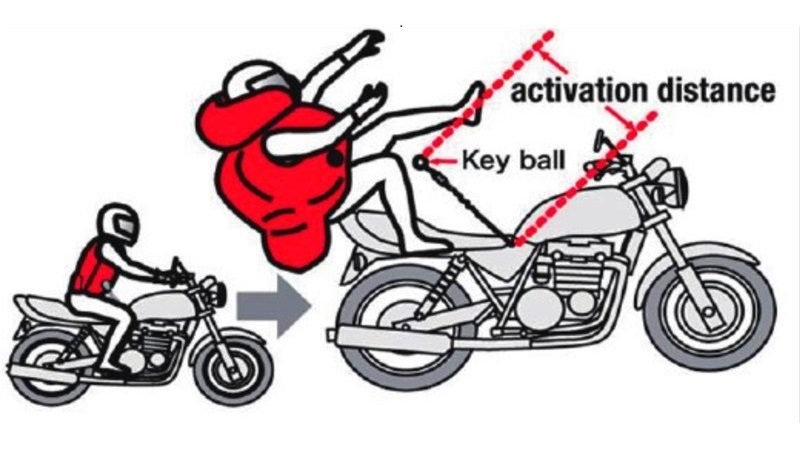Touring Textile Airbag Motorcycle Jacket Clothing: Innovation, Safety, and Market Outlook
The global motorcycle apparel industry is undergoing a major transformation driven by technology, safety awareness, and performance-driven design. Among the latest advancements, touring textile airbag motorcycle jacket clothing has emerged as one of the most significant innovations, offering riders advanced protection through integrated airbag systems combined with breathable and durable textile materials.
This article provides an in-depth analysis of the technical design, material structure, manufacturing processes, and global market trends shaping the evolution of this high-performance protective gear category.
Global Market Overview and Growth Trends
According to recent market research, the global motorcycle protective clothing market was valued at over USD 13 billion in 2024 and is expected to grow at a CAGR of 7.5% through 2030. A substantial portion of this growth is attributed to the rising adoption of touring textile airbag motorcycle jacket clothing, particularly in Europe, North America, and parts of Asia-Pacific.
The increasing emphasis on road safety regulations, coupled with a growing demand for smart protective gear, has fueled investments in wearable airbag technology. Global manufacturers are integrating electronic sensors, CO₂ inflation systems, and AI-based crash detection mechanisms into touring jackets to enhance rider safety without compromising comfort or mobility.
Technical Composition and Material Design
Modern airbag motorcycle jackets are constructed from abrasion-resistant textile materials such as Cordura, Kevlar, and high-denier nylon. These fabrics provide exceptional durability while maintaining flexibility during long touring sessions.
The integrated airbag system typically includes:
- An intelligent control module with gyroscope and accelerometer sensors for real-time crash detection.
- CO₂ or argon gas cartridges that deploy within milliseconds upon impact.
- A replaceable bladder structure designed to protect vital areas such as the neck, chest, and spine.
Additionally, CE-certified armor inserts are commonly added at the shoulders, elbows, and back for layered protection. Ventilation panels, waterproof membranes, and removable thermal liners make these jackets suitable for all-weather riding.
Manufacturing Process and Quality Control
The production of touring textile airbag motorcycle jacket clothing involves a meticulous combination of textile engineering and electronic integration.
1. **Fabric Treatment and Cutting:** Technical fabrics undergo anti-tear and water-repellent treatment before precision cutting via automated CAD systems.
2. **Airbag System Installation:** The airbag module, sensors, and inflation unit are integrated into the inner shell using high-strength stitching and shock-resistant housings.
3. **Assembly and Testing:** Each garment is tested for deployment accuracy, inflation speed, and airbag reusability. Final inspection ensures compliance with EN1621 and EN17092 safety standards.
Through advanced manufacturing control, suppliers ensure consistency, reliability, and long-term performance of each unit delivered to international buyers.
Buyer Preferences and Procurement Insights
Global distributors and importers prioritize a combination of comfort, safety certification, and versatility when sourcing airbag motorcycle jackets. Buyers from the European Union and North America typically require compliance with CE and DOT regulations, while markets in Latin America and Southeast Asia focus on competitive pricing and OEM customization capabilities.
Buyers increasingly request personalized design elements such as branding options, integrated Bluetooth modules, and modular airbag cartridges that can be replaced after deployment. As a result, suppliers offering private-label and ODM services are gaining a significant advantage in the B2B market.
Emerging Industry Trends
The shift toward connected mobility is reshaping the motorcycle safety equipment market. The integration of AI algorithms and IoT-based crash sensors has made touring textile airbag motorcycle jacket clothing smarter and more responsive.
Additionally, sustainability has become a key focus area. Recycled polyester fabrics, solvent-free coatings, and biodegradable membranes are being introduced to align with global eco-compliance standards such as OEKO-TEX® and REACH.
Furthermore, the trend toward modularity—where airbag components can be detached, replaced, or upgraded—adds long-term value and reduces the total cost of ownership for end-users and distributors.
Applications and User Scenarios
The versatility of touring textile airbag motorcycle jacket clothing extends beyond touring enthusiasts. These garments are increasingly used by professional riders, safety training institutions, and adventure touring companies.
Their lightweight structure and aerodynamic design also make them suitable for urban commuters seeking daily protection without the bulk of traditional armor. As global awareness of rider safety grows, these jackets are becoming a standard feature in premium motorcycle gear collections worldwide.
Conclusion
The evolution of touring textile airbag motorcycle jacket clothing marks a turning point in motorcycle safety apparel. Combining textile innovation, electronic intelligence, and ergonomic design, these products meet the dual demands of protection and comfort in modern touring.
For global importers and OEM buyers, investing in high-quality airbag jacket solutions presents a strategic opportunity to align with next-generation safety expectations. Suppliers that prioritize advanced testing, sustainability, and product customization are set to dominate the market over the next decade.
Frequently Asked Questions (FAQ)
Q1: What certifications are required for airbag motorcycle jackets?
A1: Most international markets require compliance with CE EN1621 for impact protection and EN17092 for protective clothing. Some regions may also request ISO 9001-certified manufacturing processes.
Q2: Can airbag jackets be reused after deployment?
A2: Yes, most touring textile airbag motorcycle jacket clothing models feature replaceable CO₂ cartridges and resettable modules, allowing reuse after inspection.
Q3: What is the average inflation time for the airbag system?
A3: Advanced systems deploy within 30 to 60 milliseconds after impact detection, ensuring maximum protection before the rider hits the ground.
Q4: Do manufacturers provide OEM customization for different markets?
A4: Yes, suppliers typically offer OEM and ODM services, including custom branding, fabric colors, regional certification compliance, and size adjustments for specific demographics.
If you are sourcing touring textile airbag motorcycle jacket clothing for distribution or private-label production, contact us for detailed specifications, pricing lists, and sample testing opportunities. Our team provides comprehensive support to help you meet regional compliance standards and build high-performance product lines.
![Touring Textile Airbag Motorcycle Jacket Touring Textile Airbag Motorcycle Jacket]()
![Touring Textile Airbag Motorcycle Jacket Touring Textile Airbag Motorcycle Jacket]()
